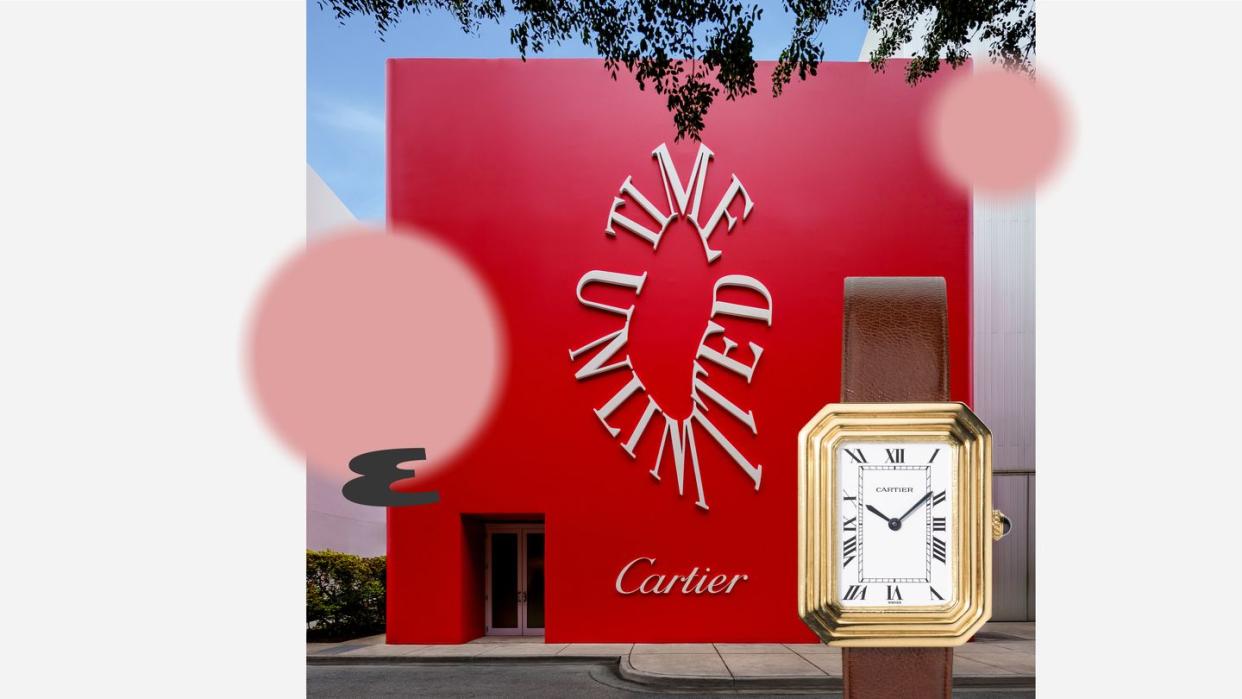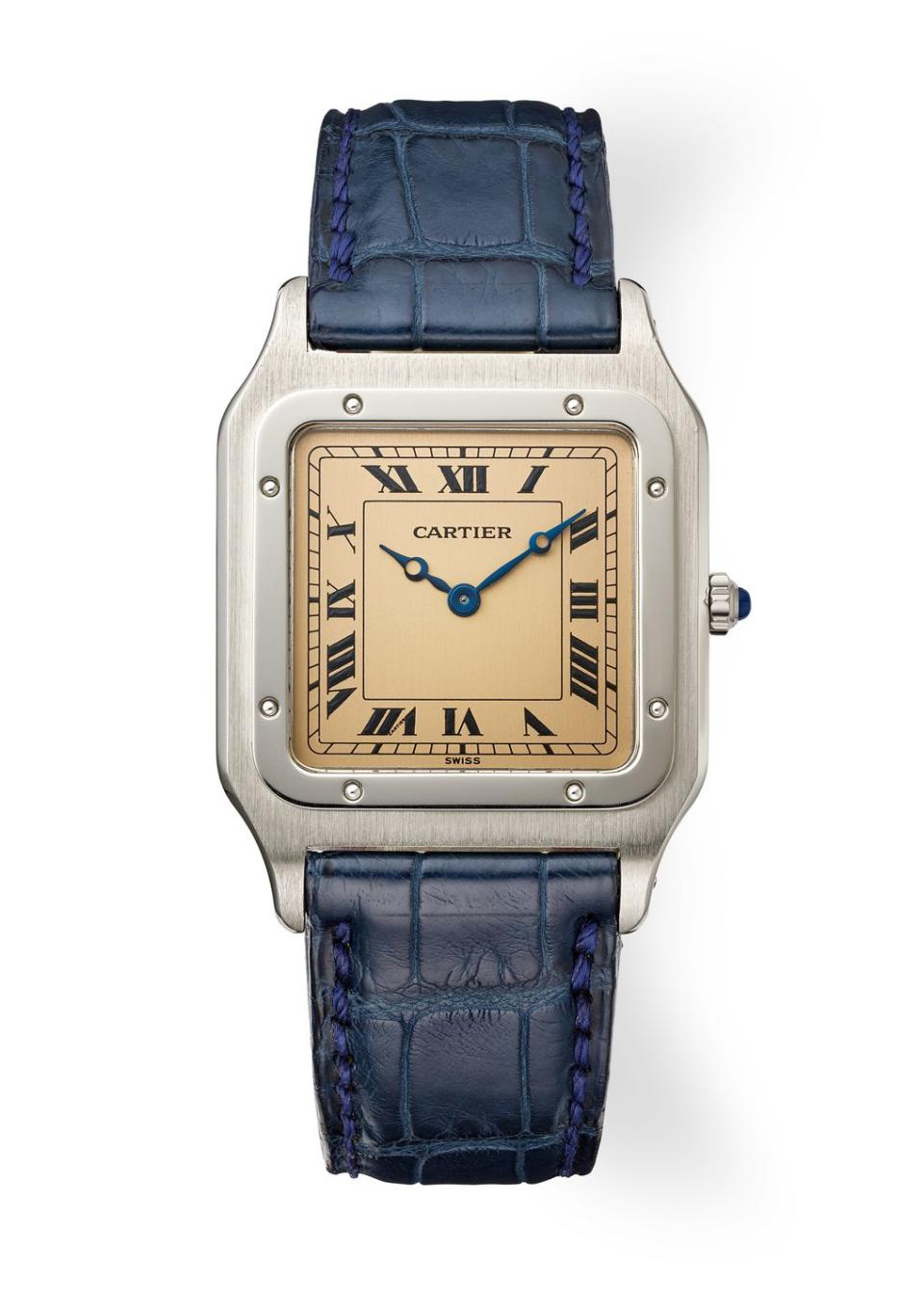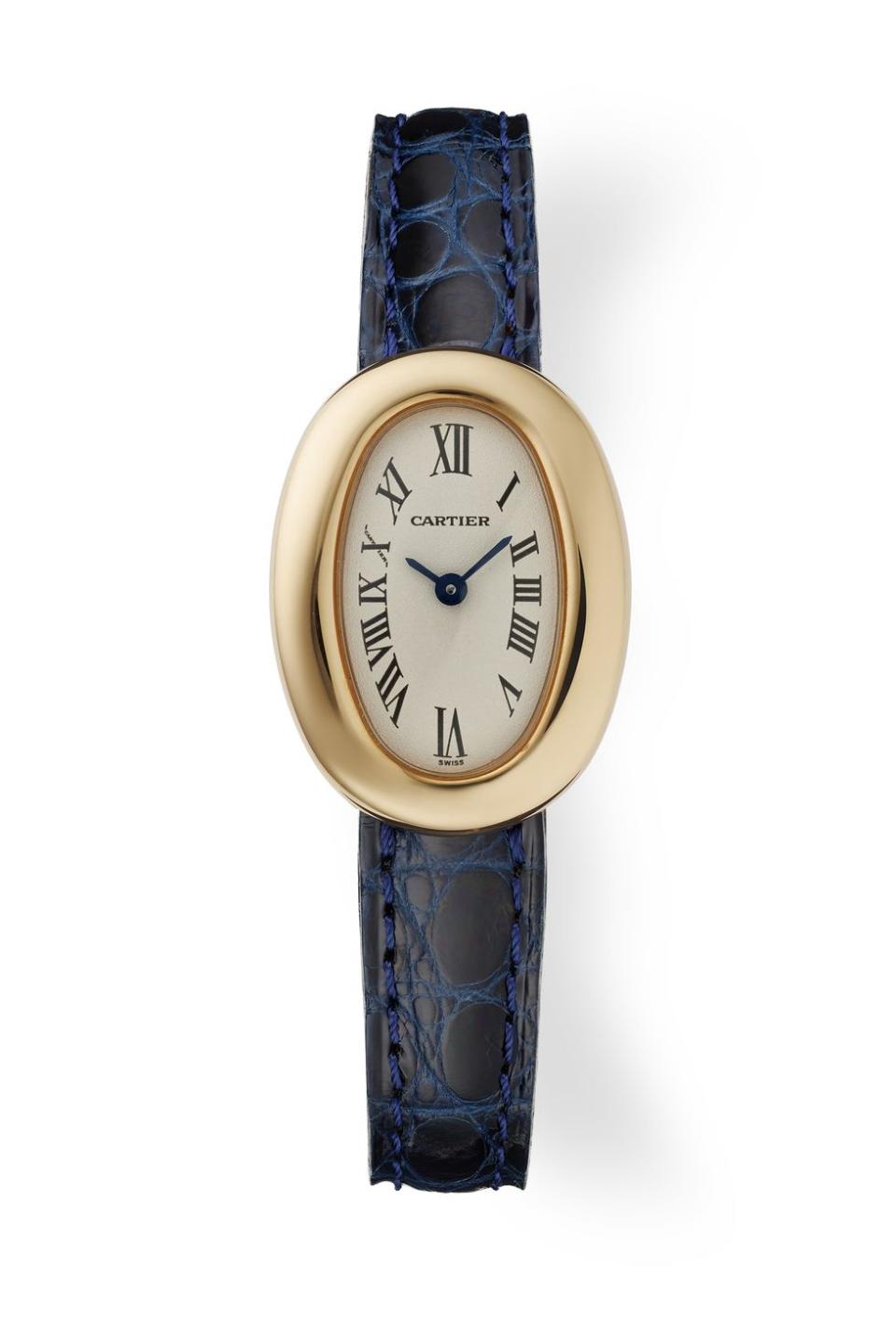Cartier's Miami Exhibition Is an Homage to Its Unique Watchmaking History

- Oops!Something went wrong.Please try again later.
Welcome to Dialed In, Esquire's regular column bringing you horological happenings and the most essential news from the watch world.
Last week, Cartier unveiled a brief but ambitious new exhibit in Miami’s Design District. The timing was spot on—just close enough to Art Basel to feel like an opening event, but thankfully not so close as to embroil guests in the endless traffic mayhem that usually goes with it.
Running until December 22, Time Unlimited traces the luxury maison’s extraordinary journey as a watchmaker, taking things all the way back to the introduction of arguably the first purpose-made wristwatch, the Santos de Cartier back in 1905. As a design-led house, Cartier’s stock in trade is creating sleek paeans to the gods of luxury. A Cartier watch must first be beautiful; function comes a very close second. But it is there, too.

Like many of the world’s best luxuries, the original Santos wasn’t merely a thing of beauty. Created in an edition of one for legendary eccentric and aviation pioneer Alberto Santo Dumont, the watch answered a very specific need: namely to give Santos Dumont the ability to track time without having to ferret perilously in a waistcoat pocket when his hands were better employed at the controls of his aircraft.
Time Unlimited traces that duality of elegance and convenience throughout the intervening 120-odd years. The exhibit features the original Tank Normale and the Tank Louis Cartier—still pillars of the house ethos—of course. But it also serves as a reminder that Cartier’s long history of creating iconic dress watches did not end with Art Deco.

Contemporary pieces like the Ballon Bleu sit alongside limited-edition examples of the Baignoire, the Panthère, and the Pasha. There are also much rarer designs that take the conversation somewhere else, like the Cartier Crash, which emerged, (figuratively speaking at least), in 1967, from the wreckage of a motor smash in London. Also ripe for reimagining (hint hint) is the Jumbo Cristallor from the early 1970s. Pictured in the lead image of this post, the elongated octagon in gold is (like much of Cartier’s collectible back catalog) commanding skyrocketing prices in its original versions.
Complementing all of this, thanks to Cartier’s penchant for sleek audio-visual experiences, are films made with some if its modern ambassadors including Jake Gyllenhaal and presentations with a very French sense of humor—the genesis of the brand’s unique watchmaking history.
You Might Also Like

